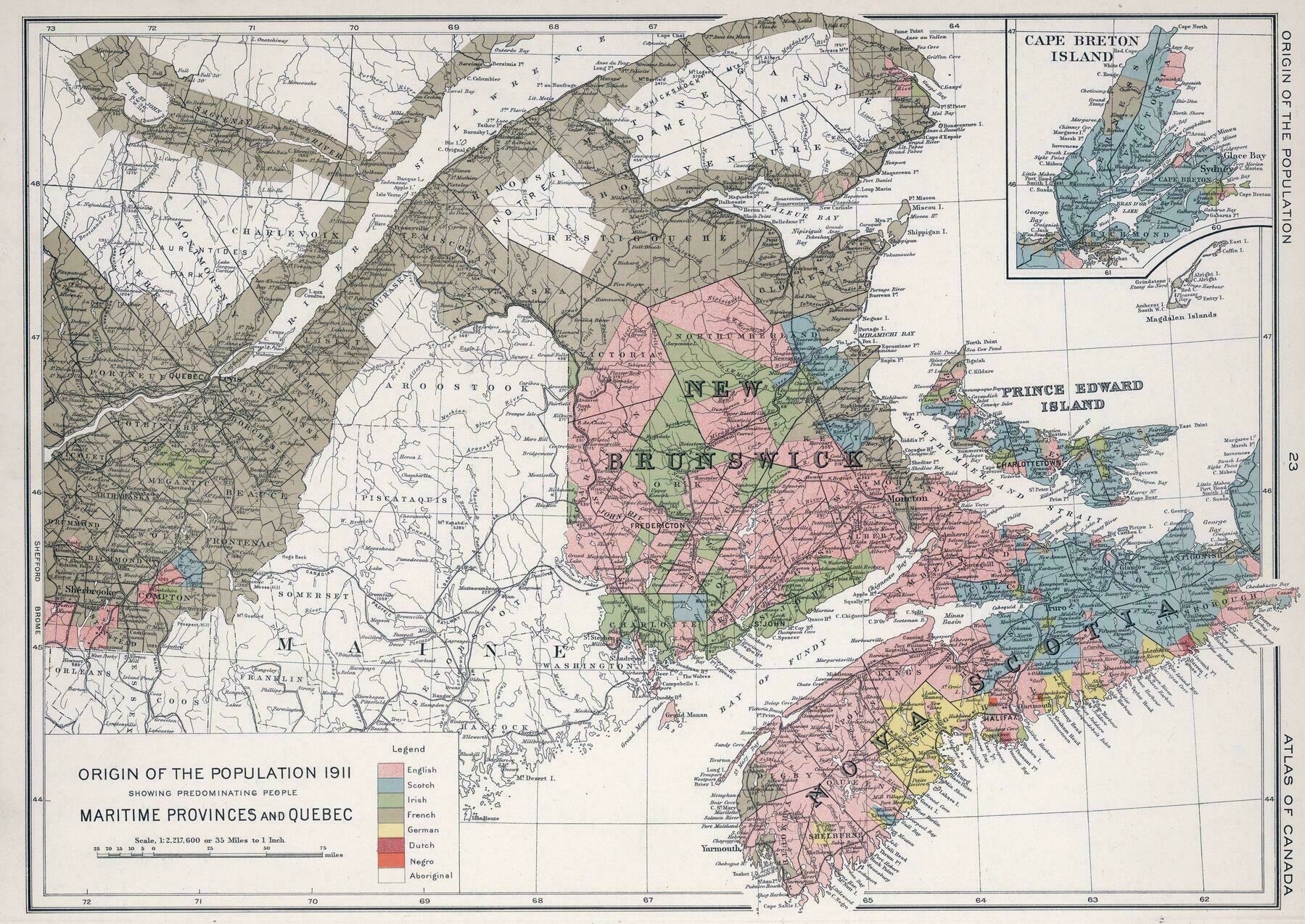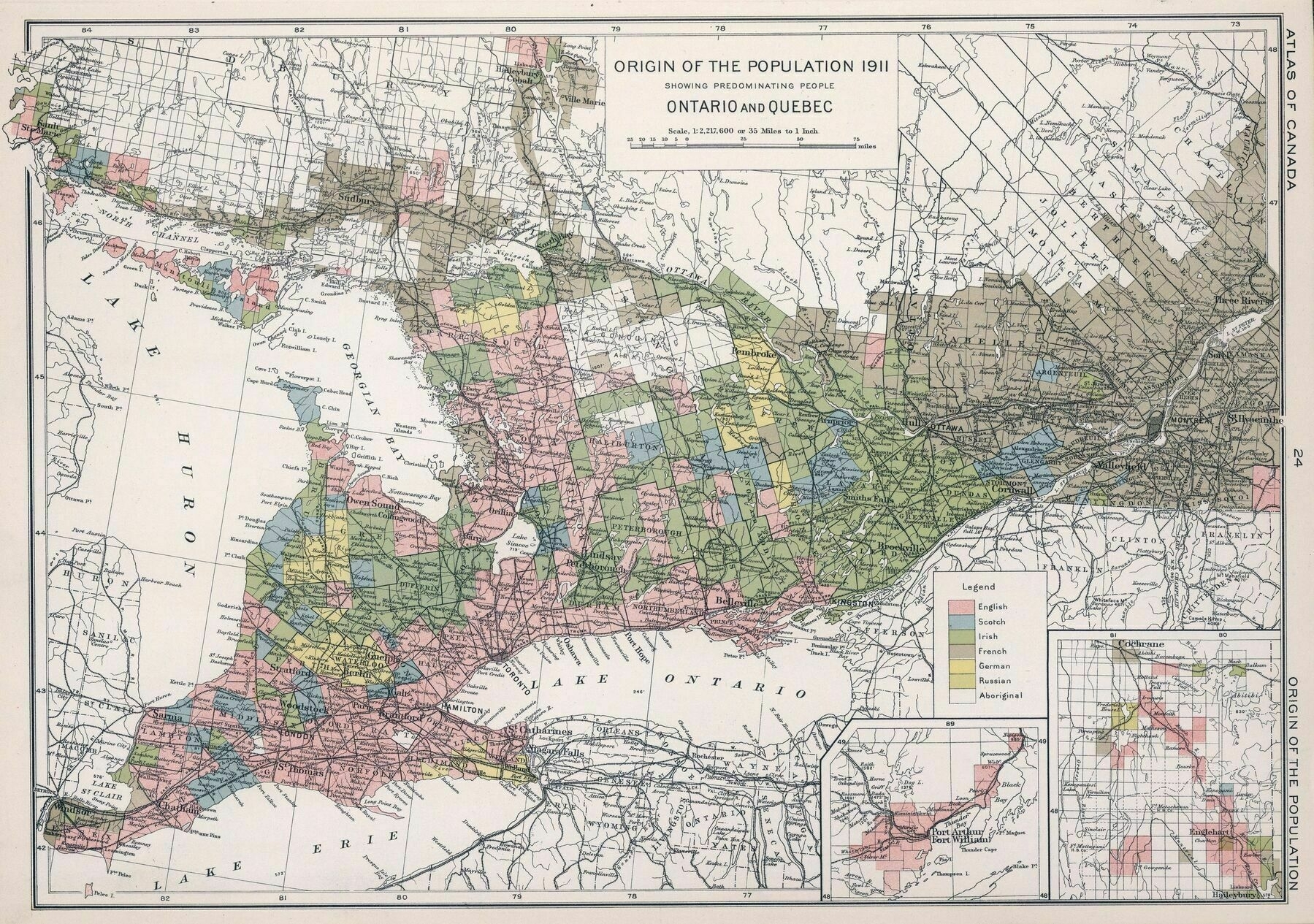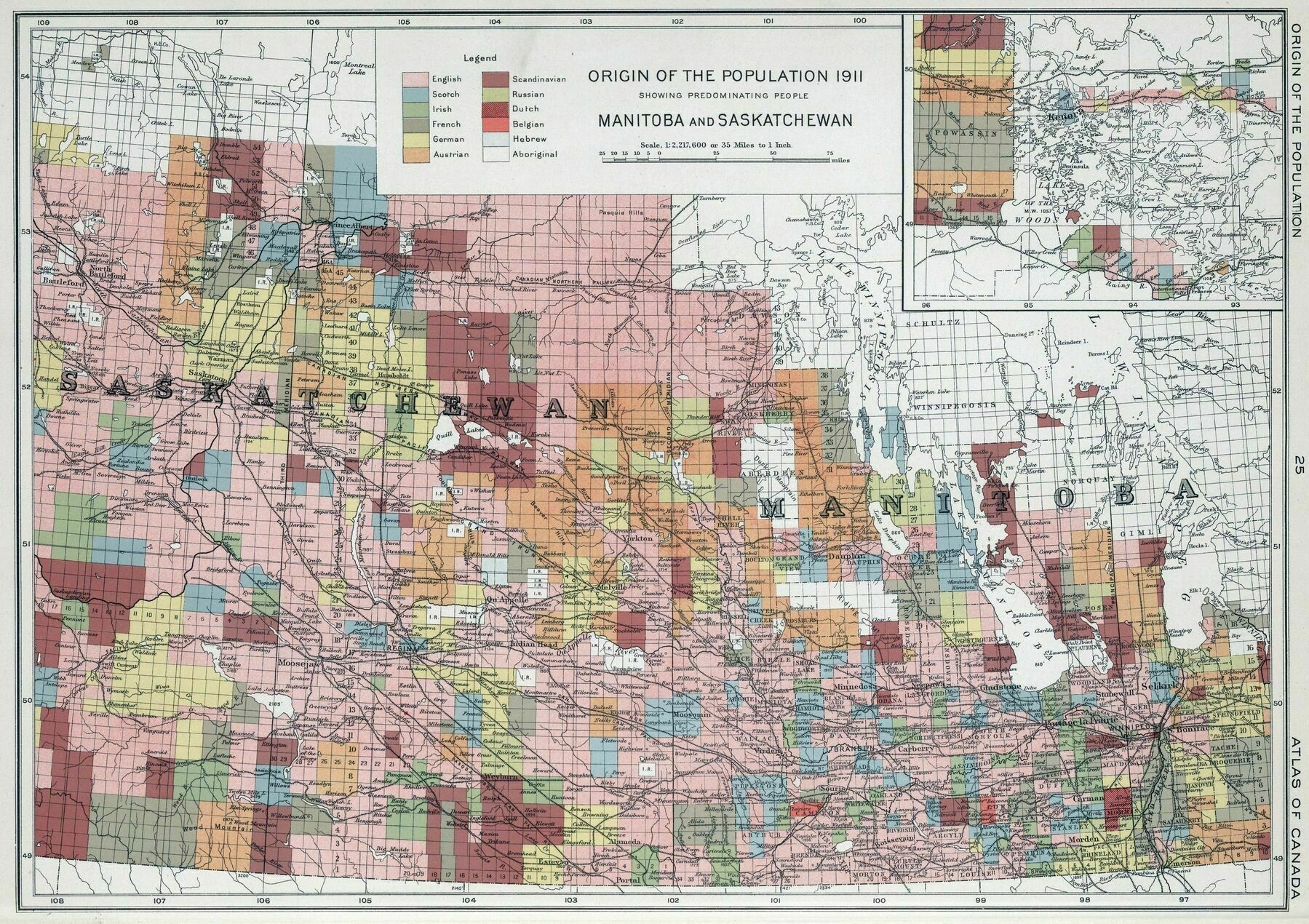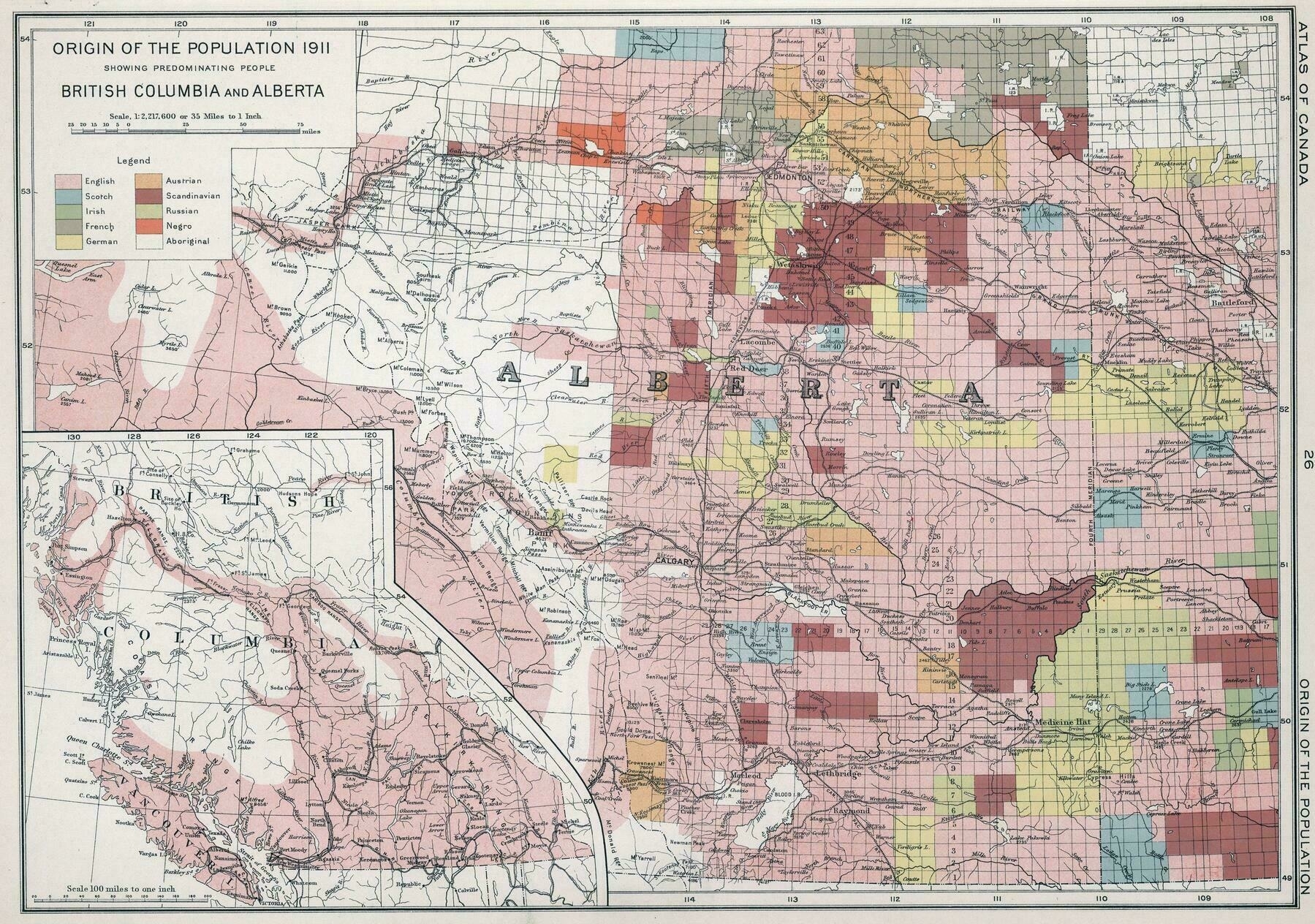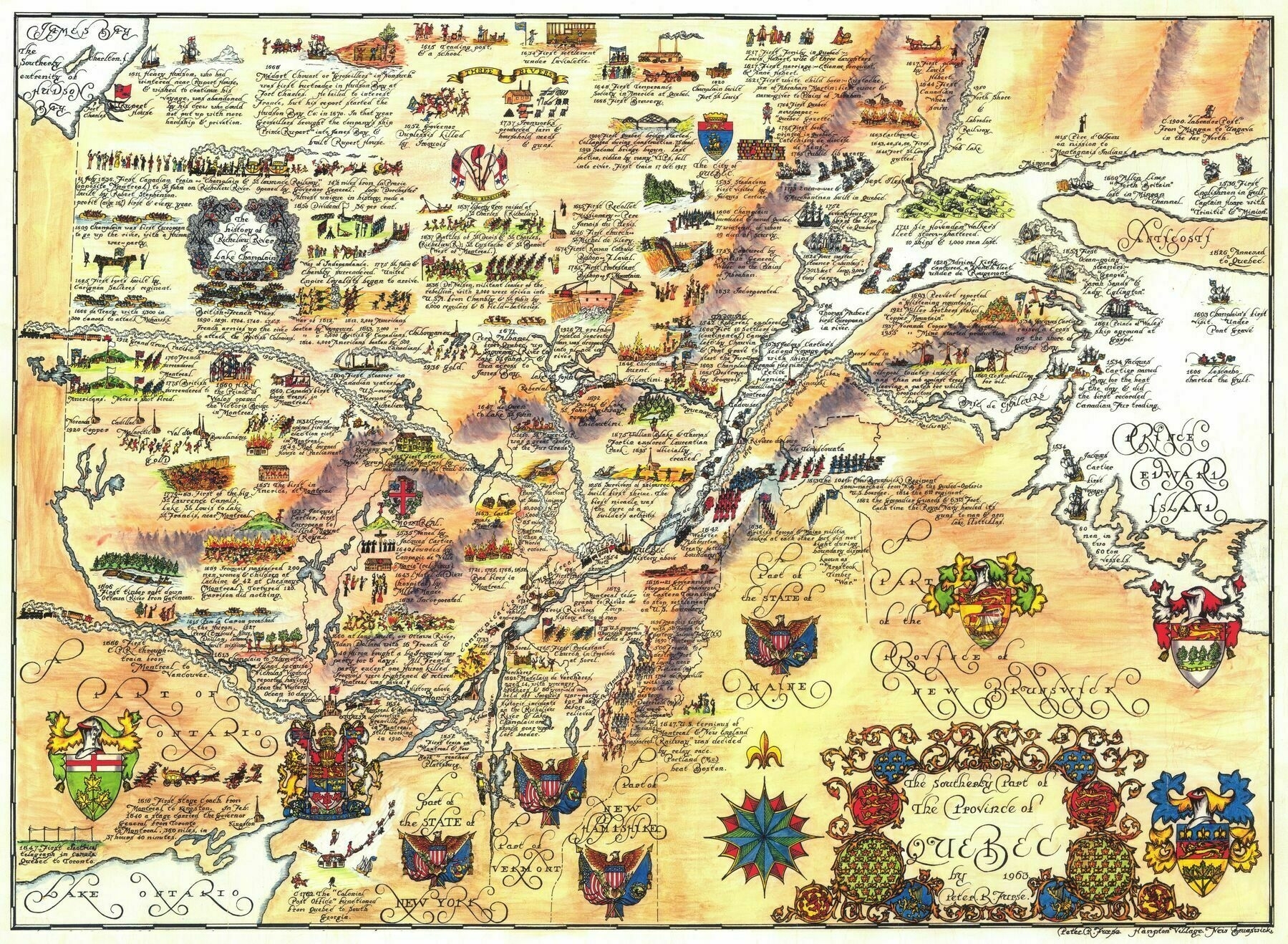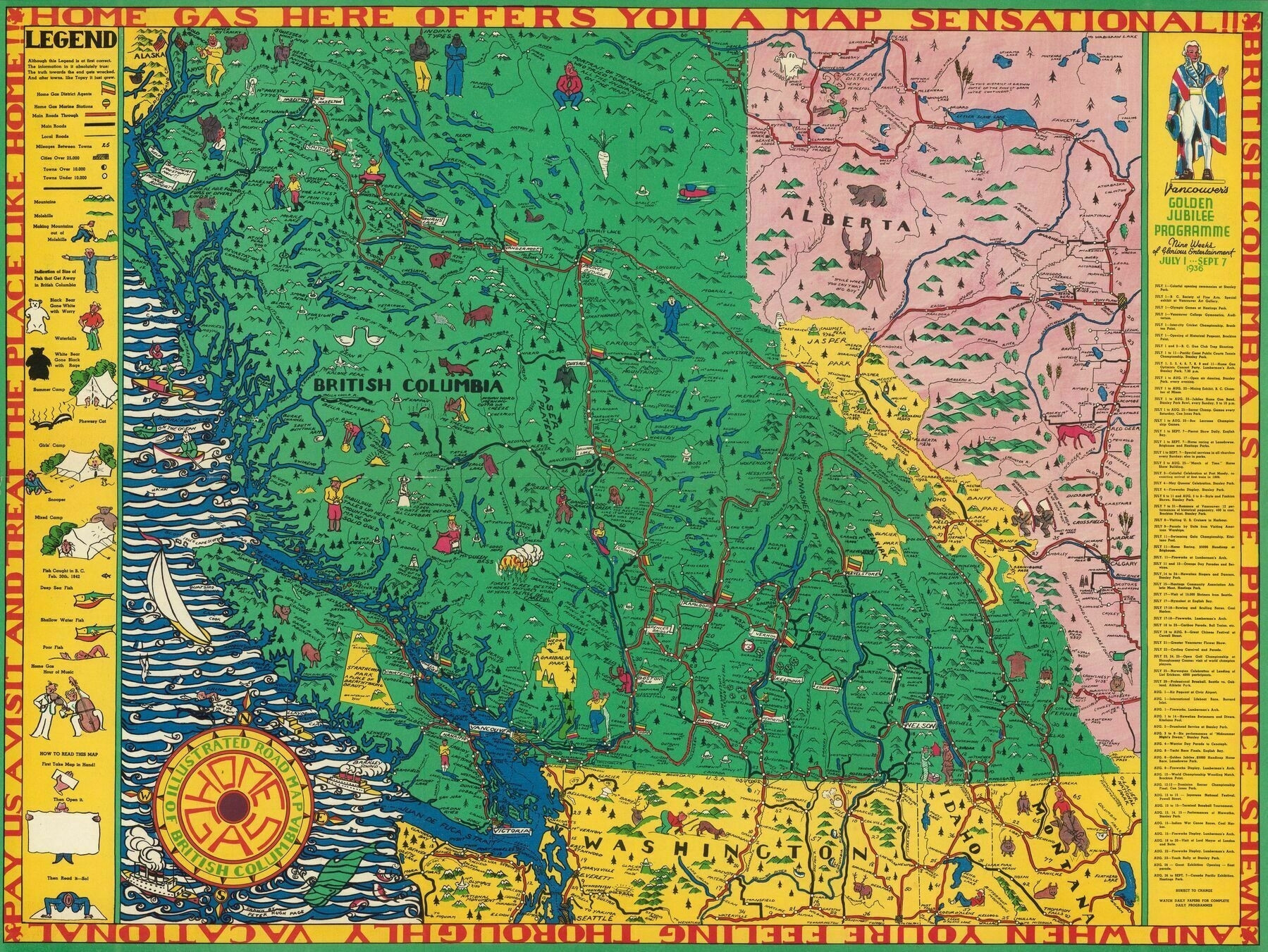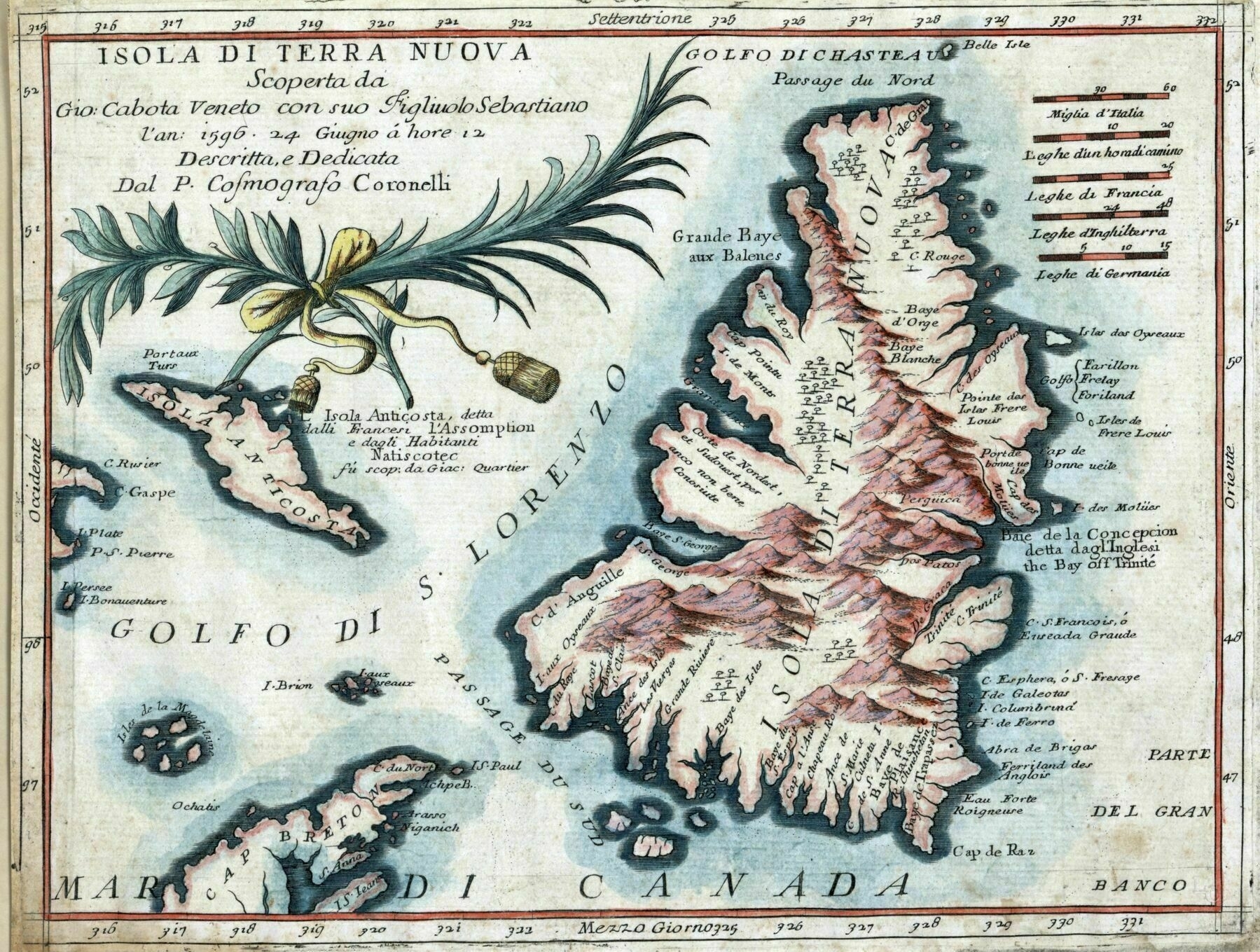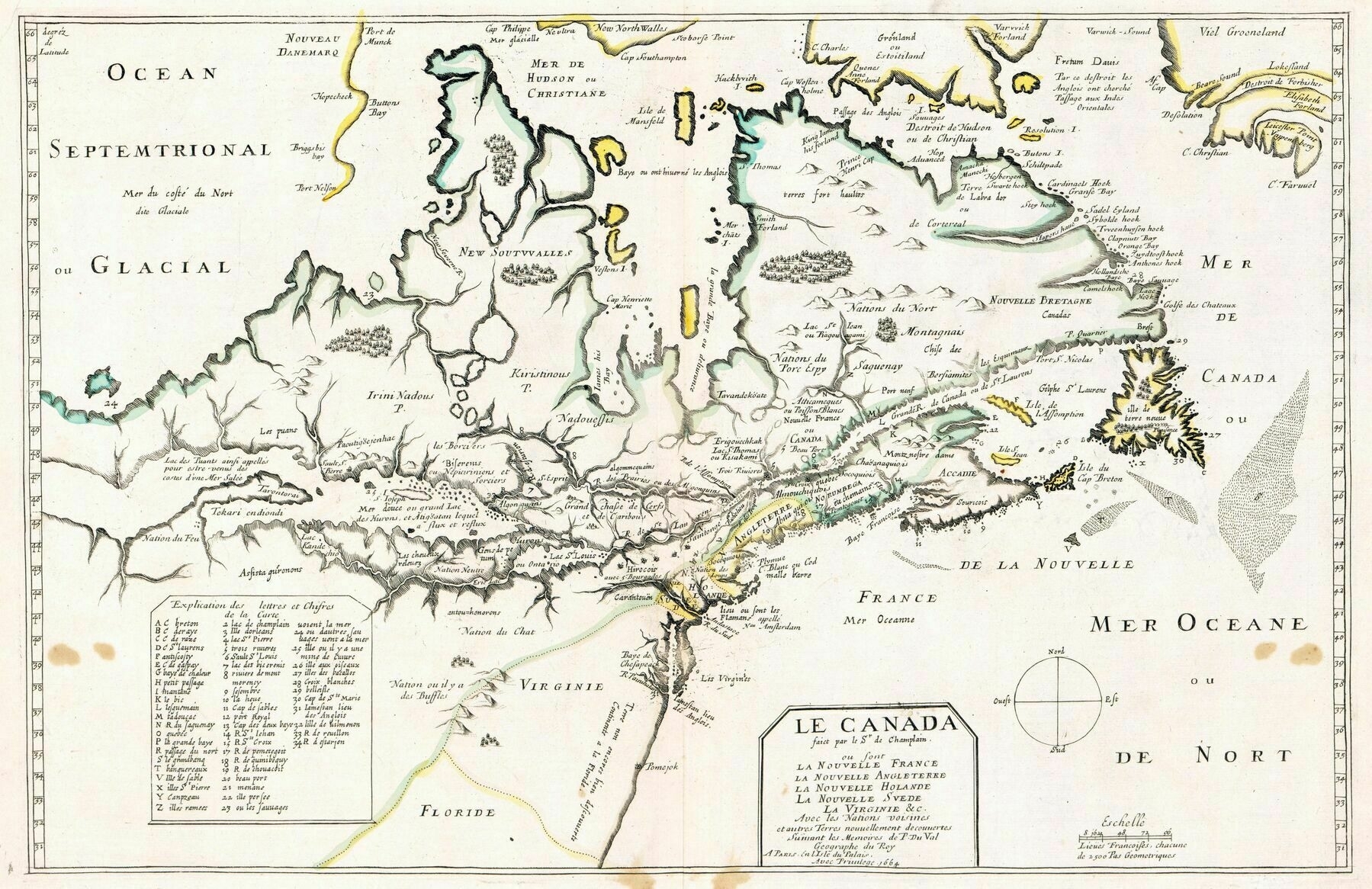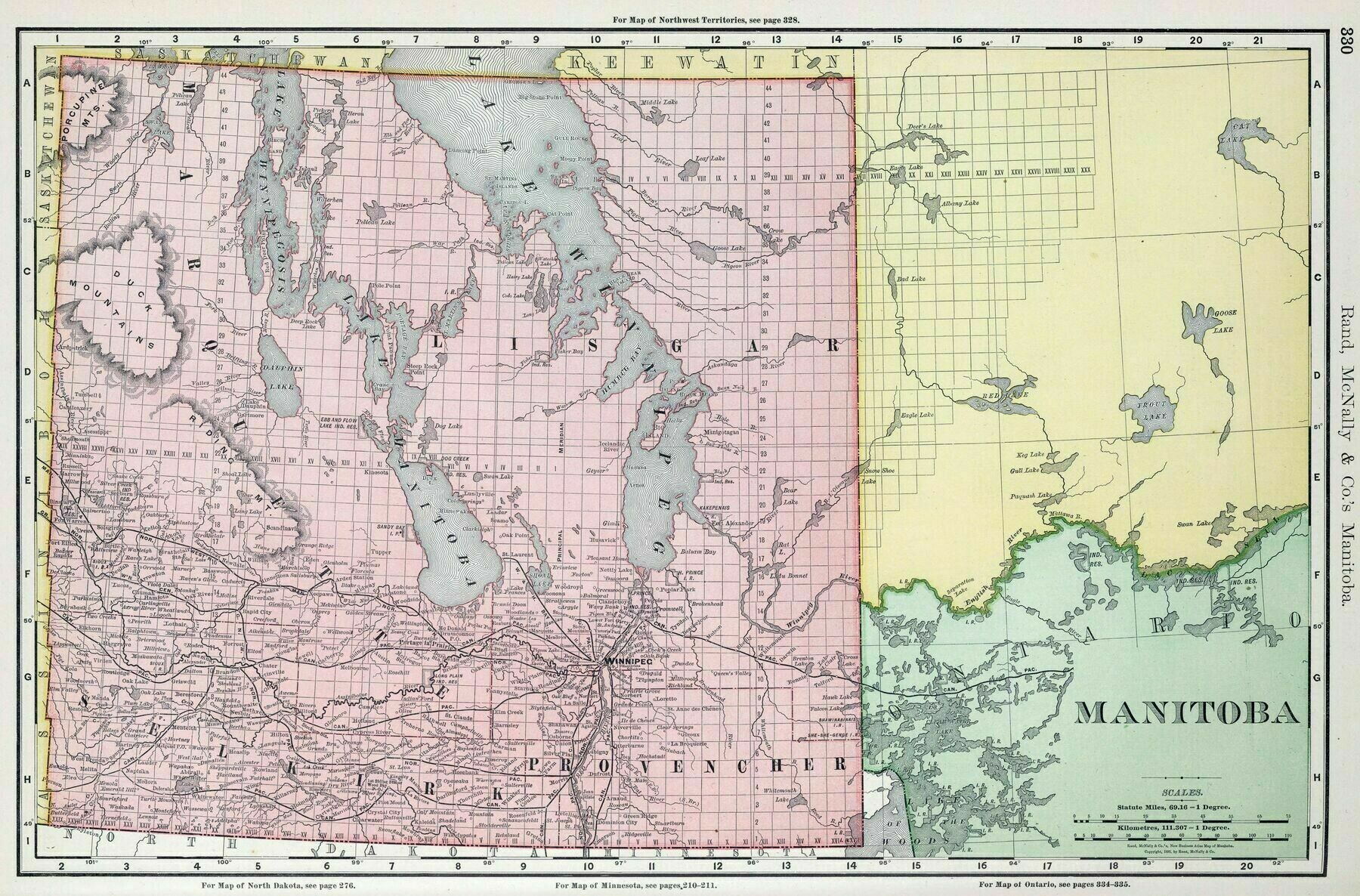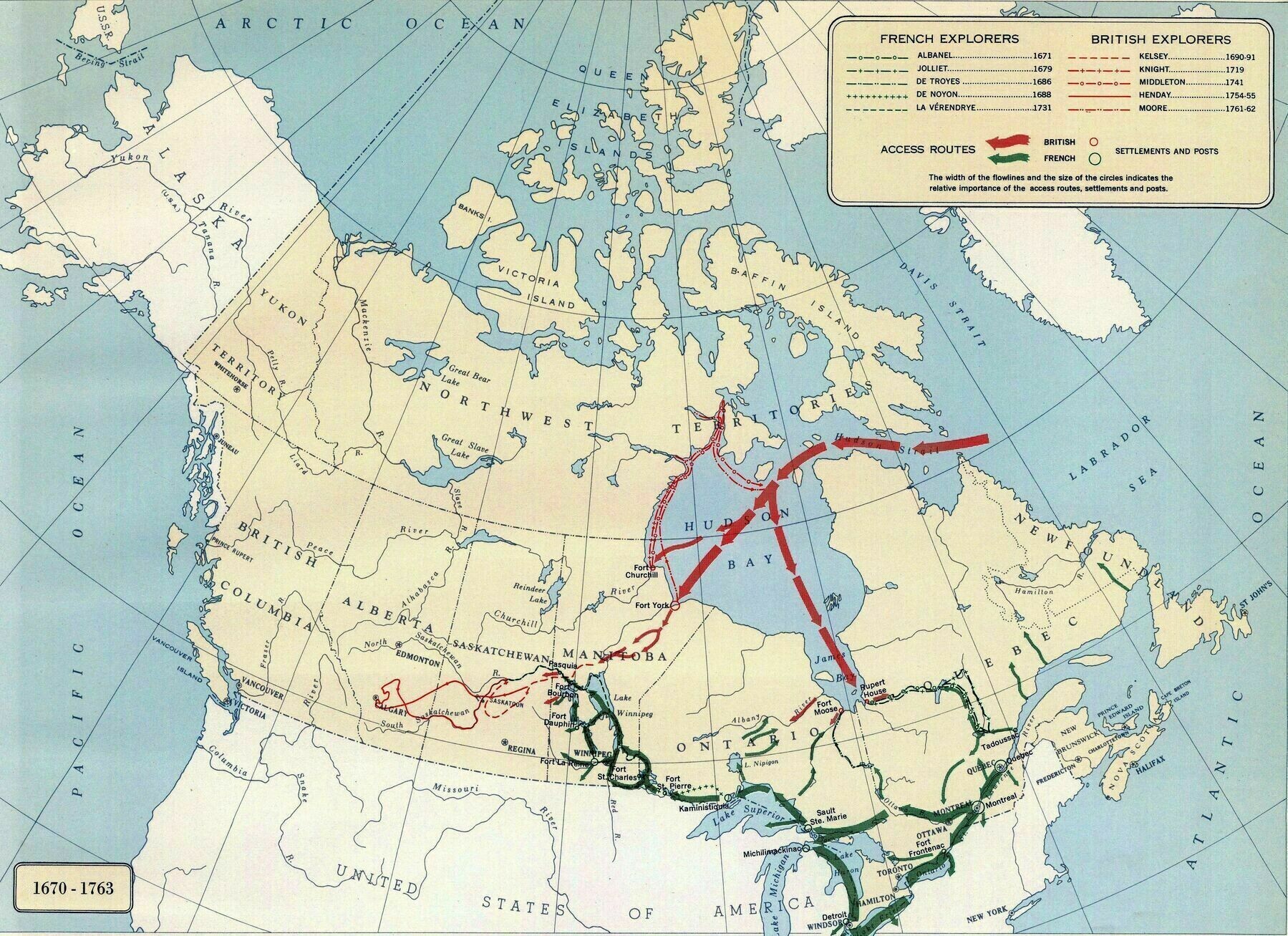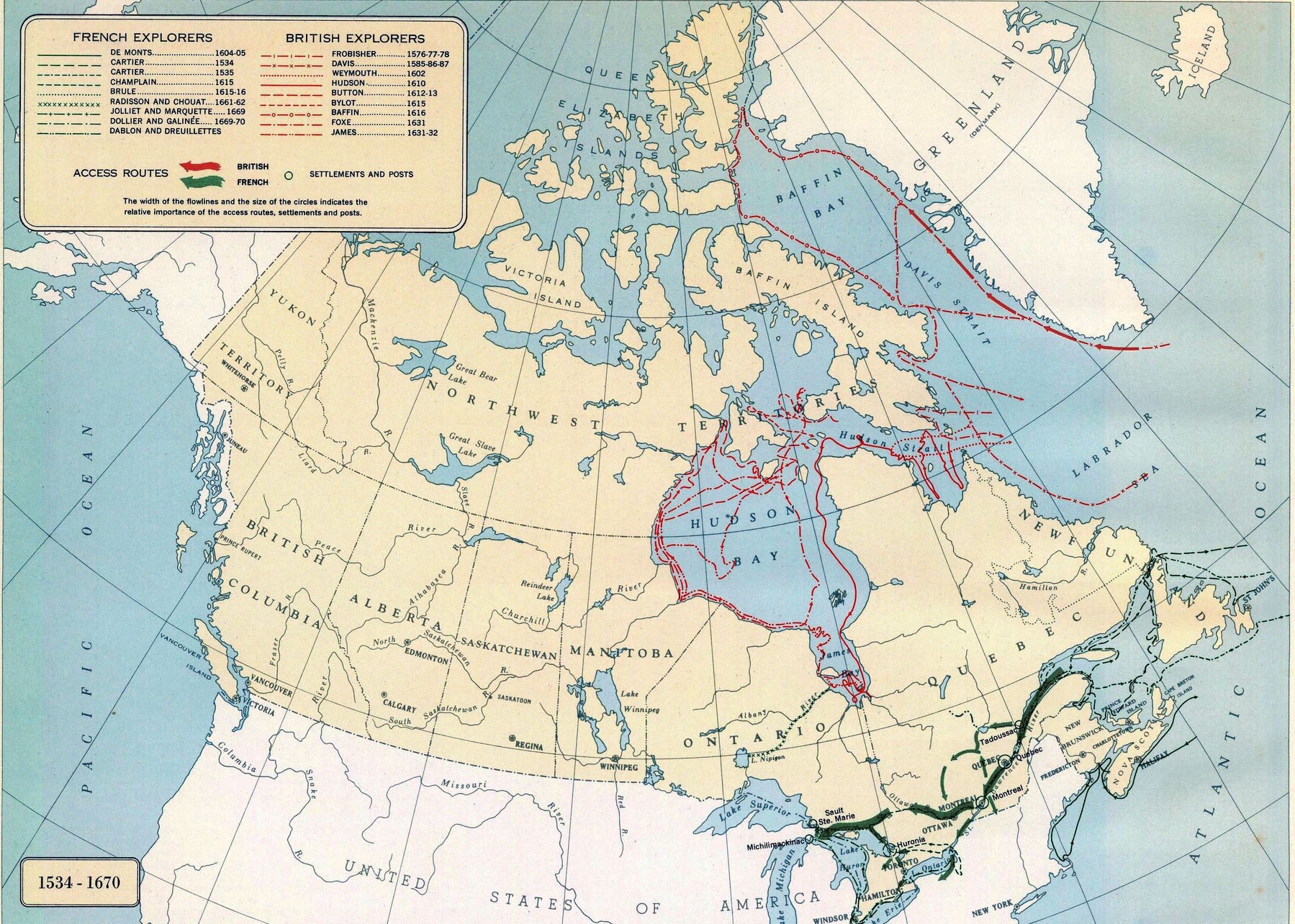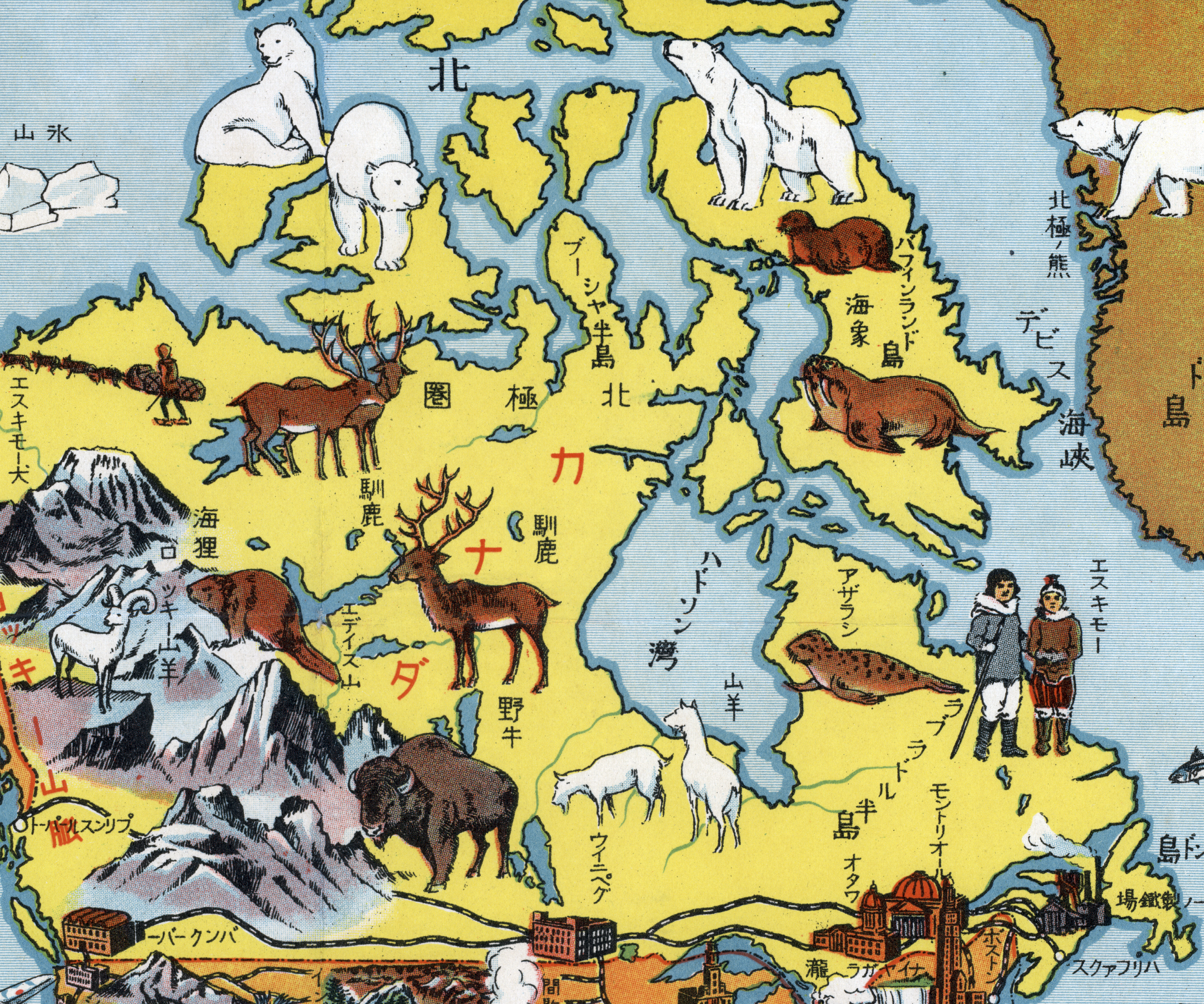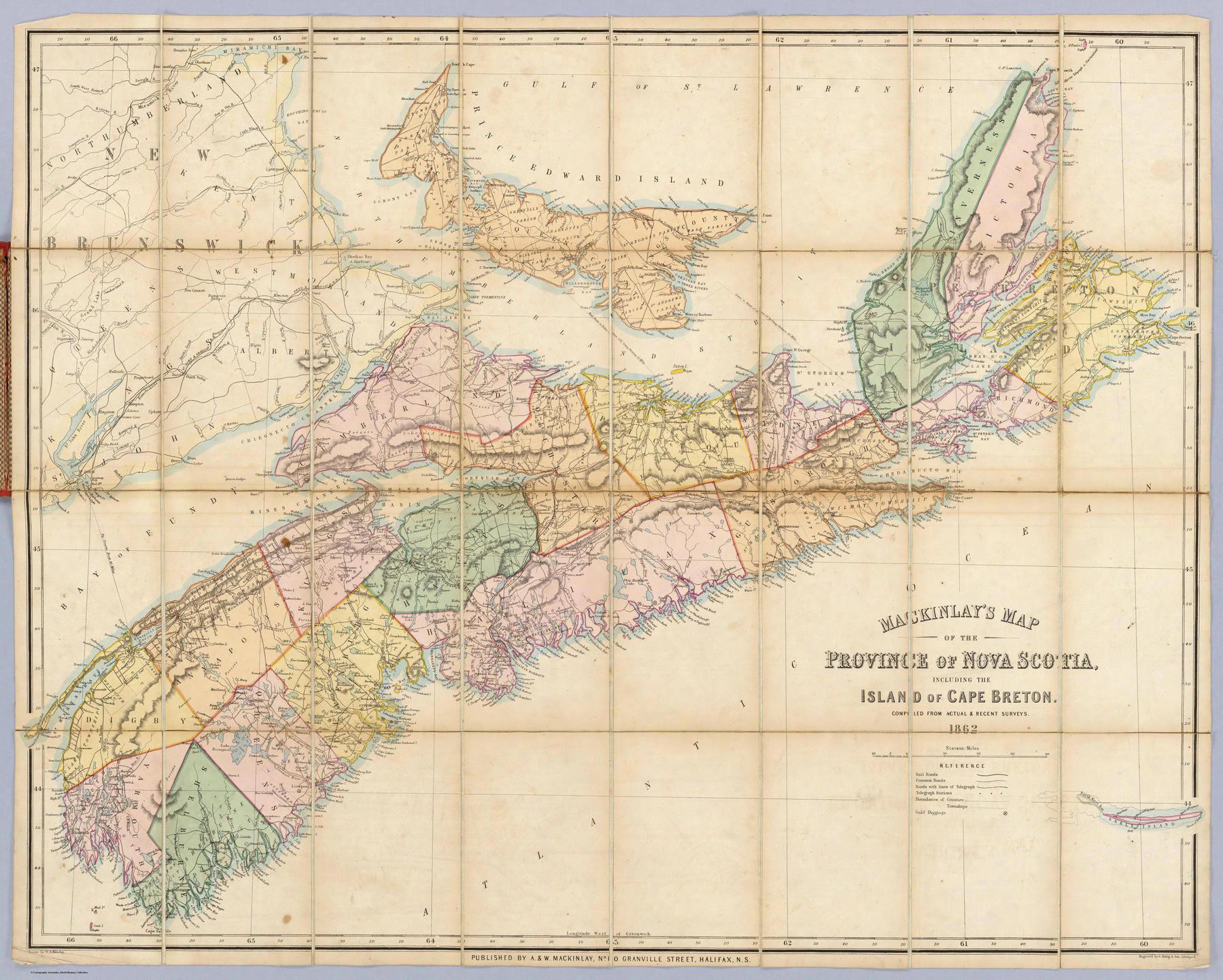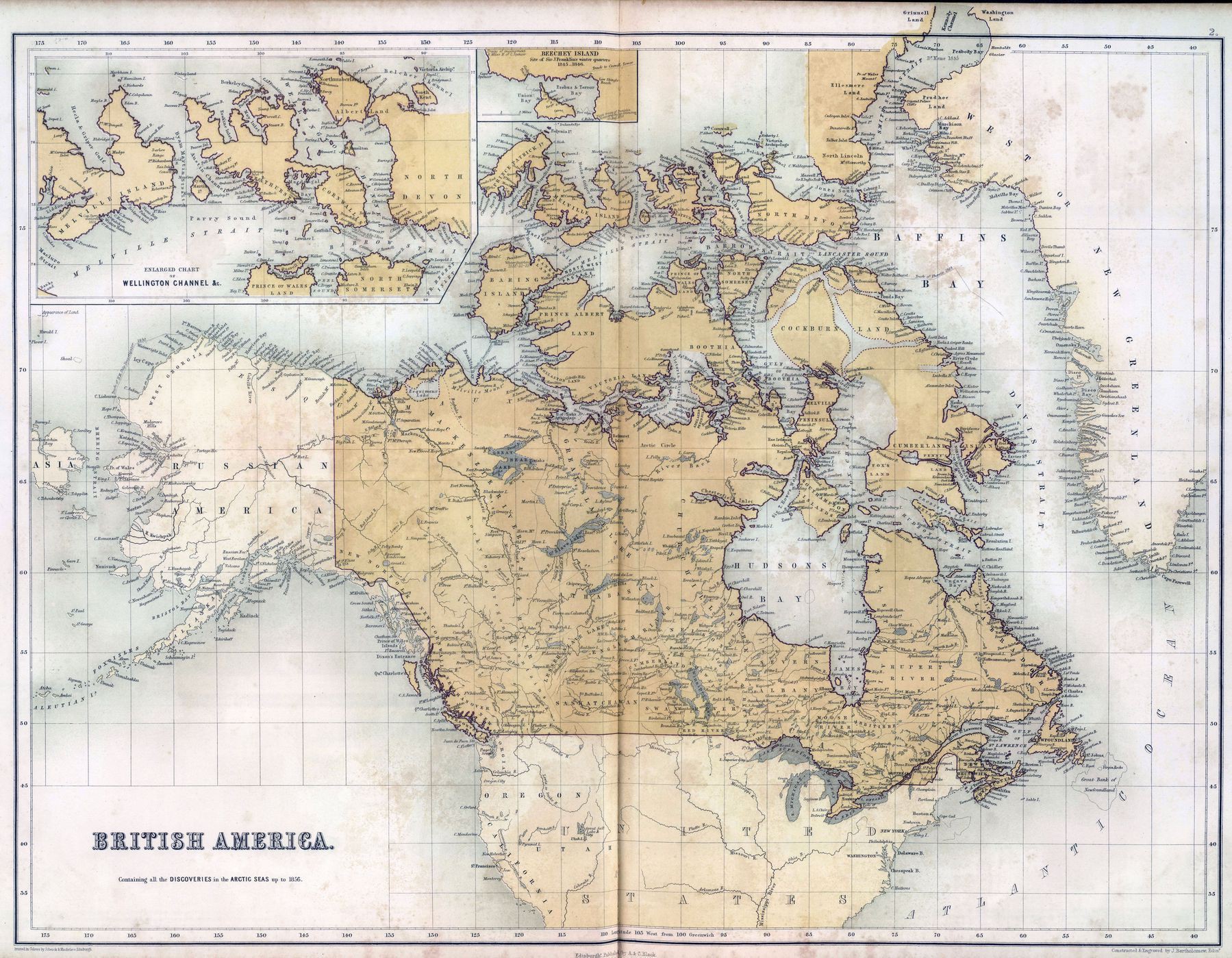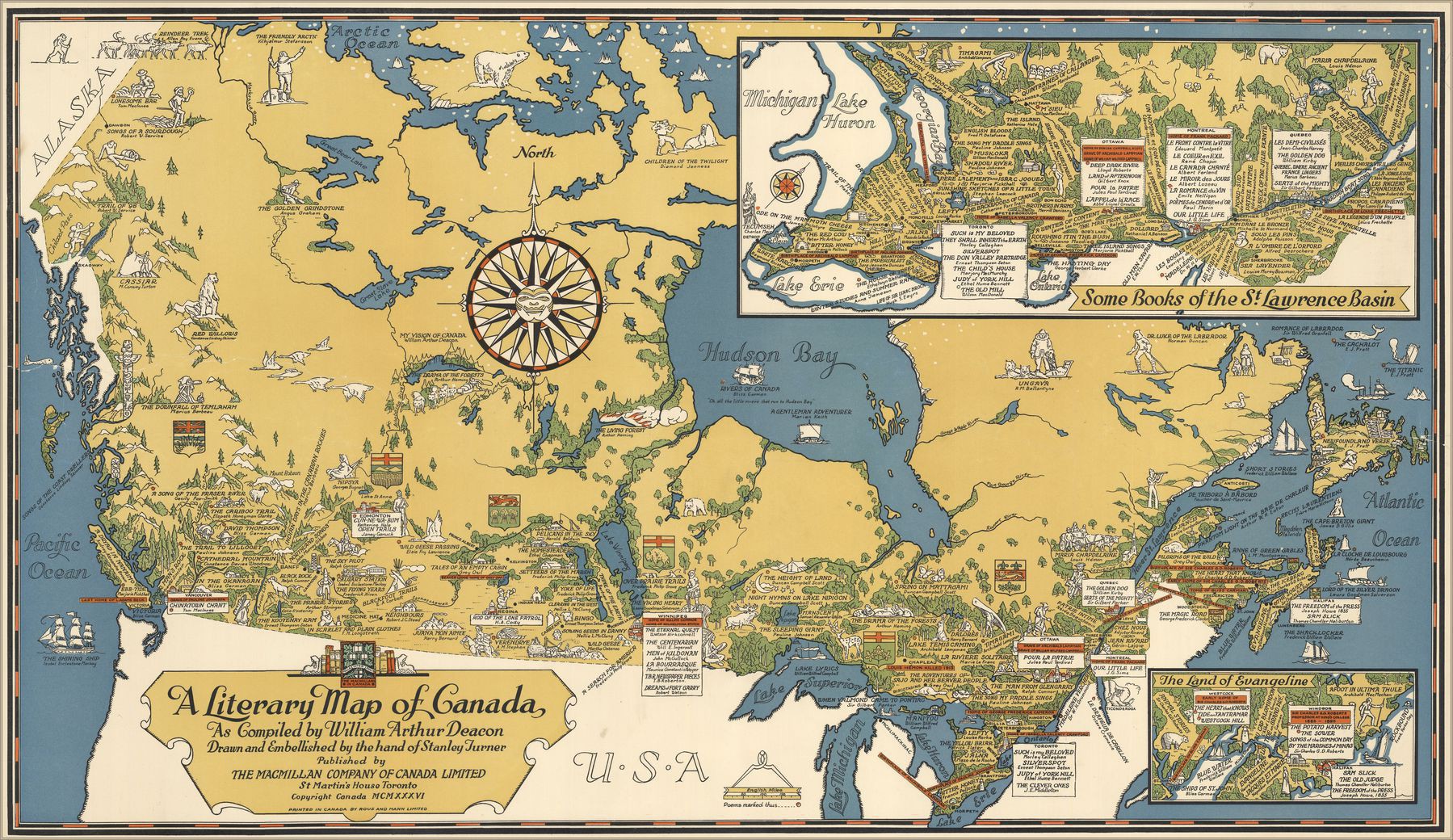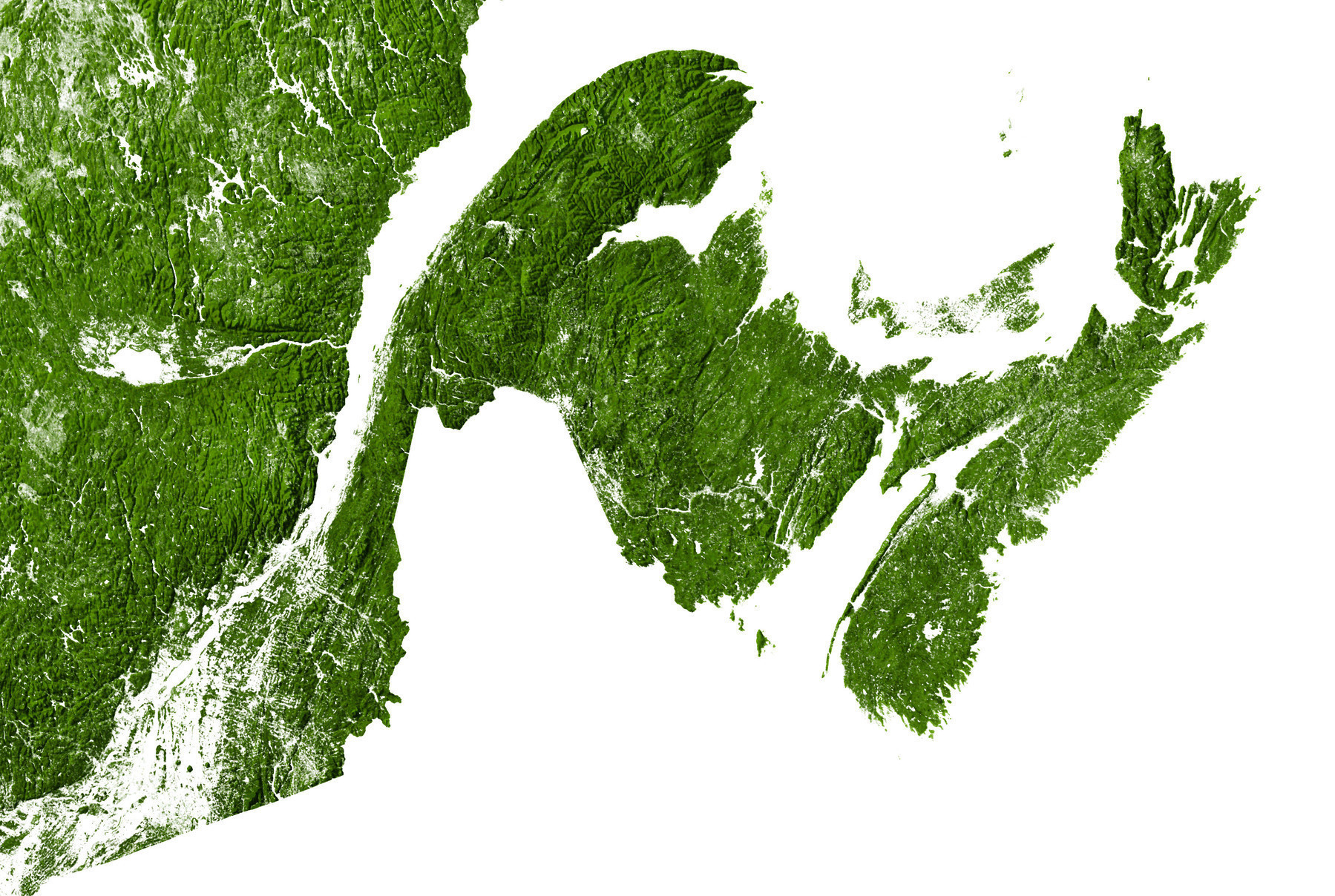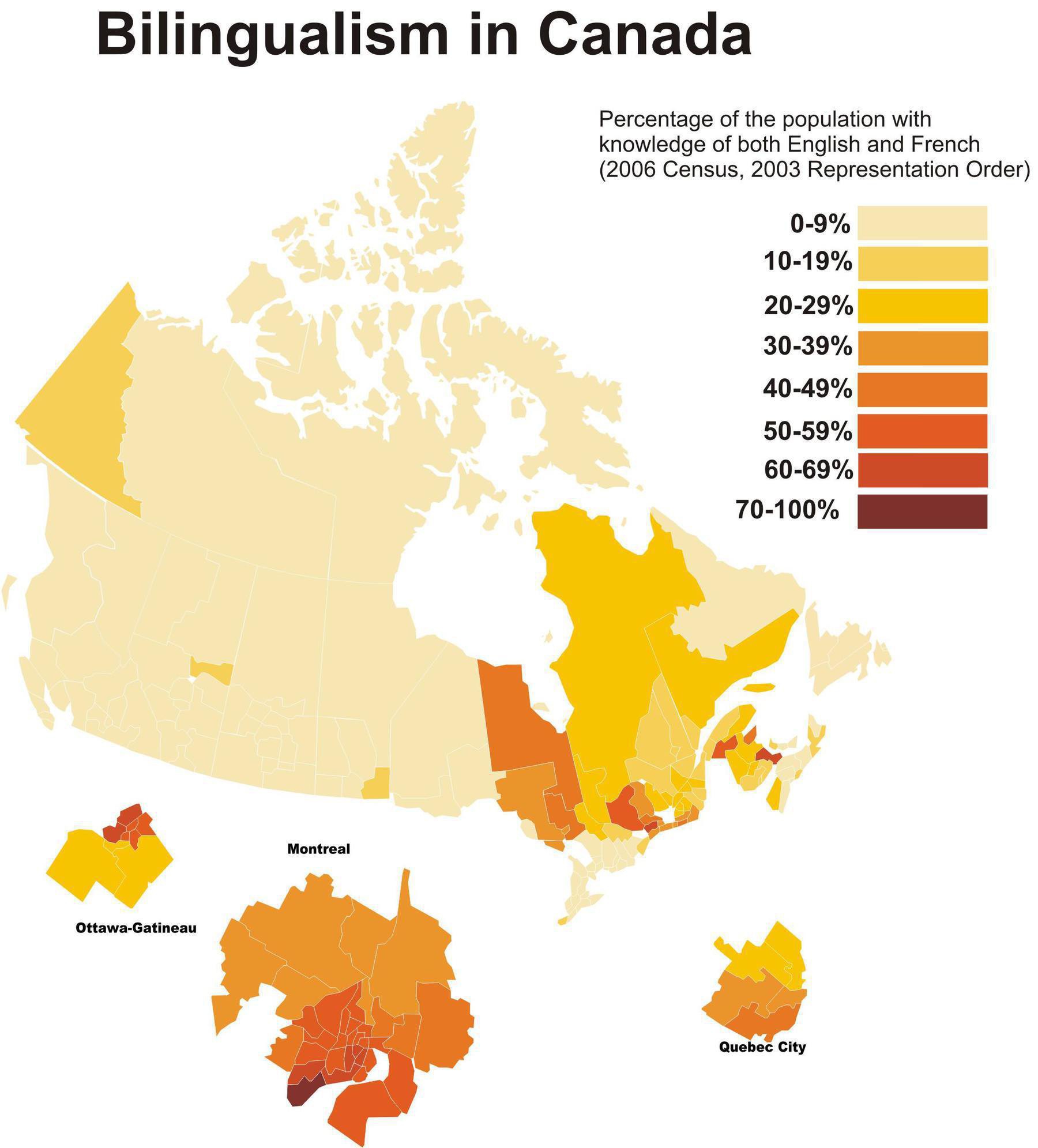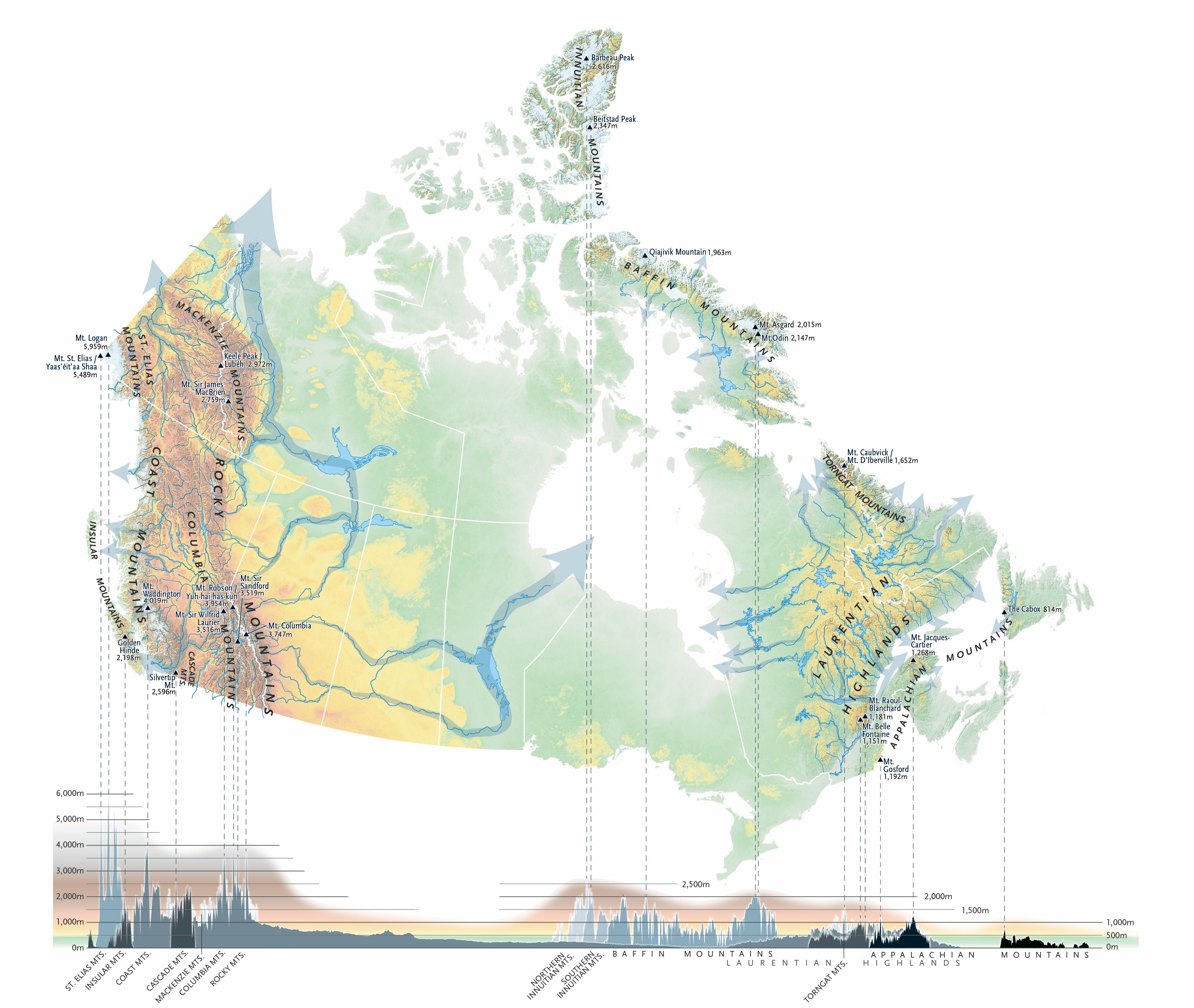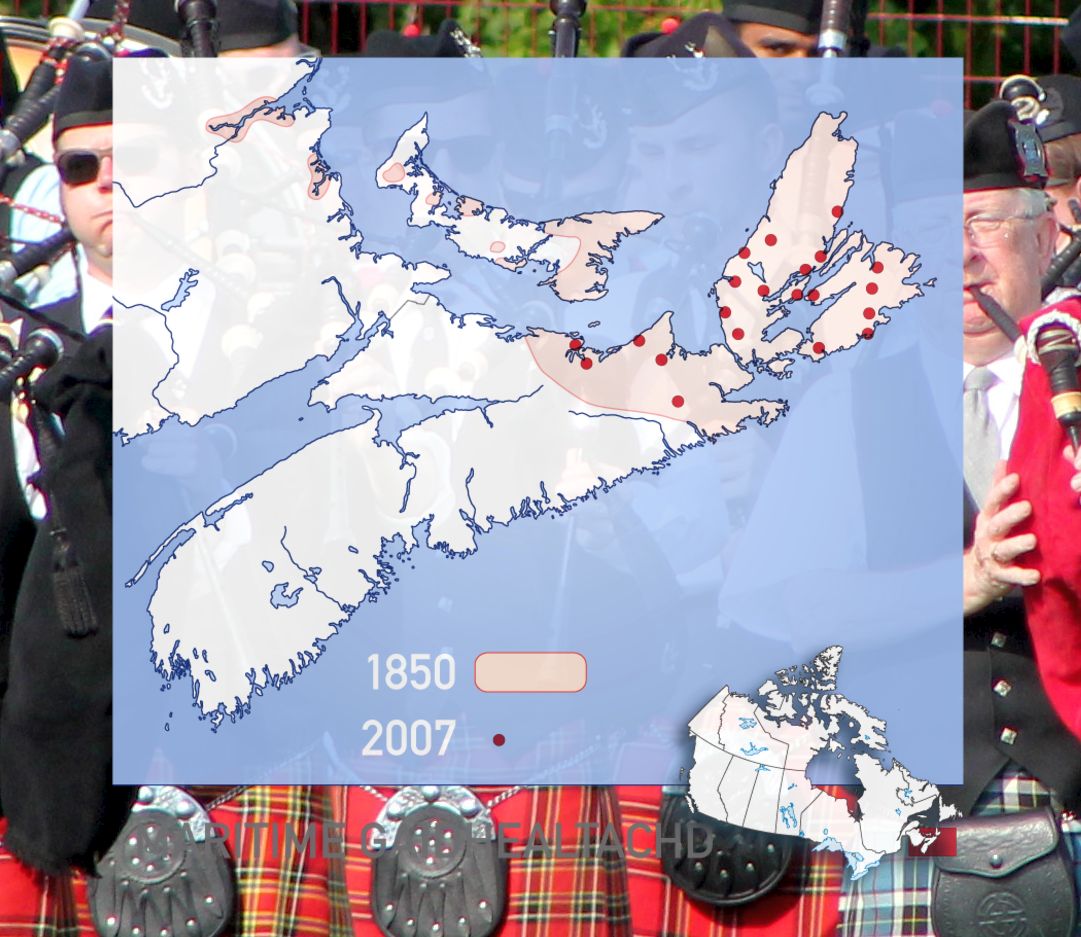Largest Ethnicities in regions of Saskatchewan and Manitoba, 1911
6826 × 4801

‘British Isle origins (Scottish, English, Irish): Mostly came from Ontario, who previously settled in large numbers in Ontario as Loyalists (originally from the 13 colonies who left for Ontario around 1793), or Quakers (who left for Ontario in the early 1800s, or other immigrants to Ontario up until the late 1800s. Their descendants then headed out west in the late/later 1800s and very early 1900s.
French: 3-way combination, not all from the same place. Many came from the US as descendants of the original New France French (from Michigan, Illinois, etc, whose descendants still spoke French). Many came from Quebec and Ontario. And there were those who came from Belgium. Small French towns (which remain today) have families from one of these three main places.
German: Two different origins: (1) Russian Volga Germans (Catherine the Great’s Germans) who either came from Nebraska (think of Lawrence Welk’s folks), or directly from Russia. Both groups spoke German upon their arrival to Sask / Manitoba. OR Pennsylvania Dutch who settled in Ontario in the late 1700s/early 1800s (almost completely separate from Loyalists, whose motives were land), who became assimilated into mainstream culture (and lost their German language), and then went out West to Saskatchewan and Manitoba.
Austrian: My hunch is this is the Austro-Hungarian Empire, and should actually be classified as “Ukrainian”. Why you ask? Because by 1911 there a ton of “Ukrainians” heavily settling and founding many towns in Saskatchewan and Manitoba. But, they were NOT from Ukraine. Rather, they were from the Austro-Hungarian Empire massive northeastern province of Galacia. These people spoke a variety of Ukrainian. They had a similar but yet different culture compared to Ukraine proper (even the food was different, which means that Canadian perogies in Alberta, Sasktachewan and Manitoba are different than what you’ll find in Ukraine today, and now extinct in Galacia after World War ethnic cleansing and movement of people’


